Explore the best places
Monuments in Setúbal
Forte de Santiago do Outão / Farol do Outão / Hospital Ortopédico do Outão
- heritage
EN379
2900, Outão
Fort located at the foot of Serra da Arrábida. Its tower is dated from 1390. In 1572 it suffered enlarging works and was completely remodelled after the Restoration War. The chapel, covered with glazed tiles from the XVIII century, is worthy of notice. In the XIX century it was a prison and later the holydays residence of King D.Carlos and Queen D. Amélia. In 1909; it became a hospital for orthopaedic diseases and maintains its function until today.
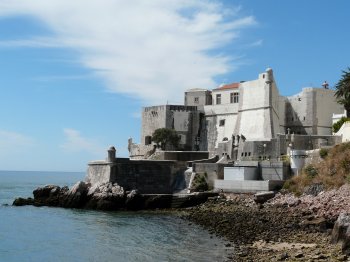
Convento de Jesus / Museu de Setúbal
- heritage
Largo Miguel Bombarda
2900-261, Setúbal
Convent founded by Justa Rodrigues Pereira, love of d. Manuel, in 1490, during the reign of King John II. This monarch, who the following year visit the works, decided to expand the initial project. The conduct of delivery works by Diogo de Boitaca, the first architect of the Jerónimos, who performs his first job in the country. The convent has a beautiful portal and Windows Manueline. Inside highlights the beautiful columns torsas Church-Hall that belonged to the convent of the Poor Clares-Franciscan nuns, who due to belong to a cloistered order, watched mass choir-high. The chancel is covered with green …
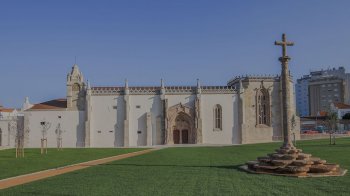
Convento da Arrábida
- heritage
Rua de São Lourenço
2925, Azeitão
In 1990 it was sold to the Fundação Oriente and is now part of the Net of European Cultural Centres set in historic places.
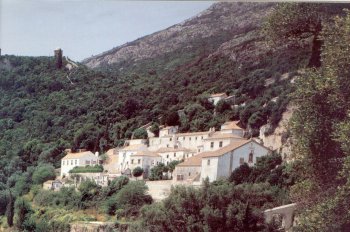
Palácio da Bacalhôa
- heritage
EN10
2925-901, Azeitão
This construction is dated from the 15th and 16th centuries and it belonged to Afonso de Albuquerque Family, India Viceroy. It is part from one of the most important ensembles, together with its gardens and “loggia”, from the civil architecture within this period. It is worthy to mention the azure repository.
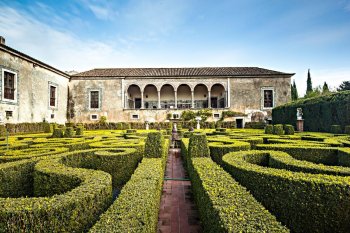
Igreja de Santa Maria da Graça - Sé de Setúbal
- heritage
Rua Dr. Antônio Joaquim Granjo, 31 - 1º Esq.
2900-232, Setúbal
This building has medieval origins and it was built in the XIII century. It was rebuilt late, on the 16th century. The fifteen hundreds façade of this temple dedicated to Santa Maria da Graça (Saint Mary of Grace), it is possible to see two bell towers. Inside, it is worth to visit the gold leafed carved altarpieces from the 17th and 18th centuries and the lateral walls covered in blue and white tiles from the 18th Century.
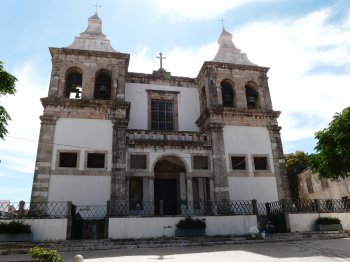
Castelo de São Filipe / Forte de São Filipe
- heritage
Estrada Castelo de São Filipe
2900, Setúbal
Located about 1 km from Setúbal, the fortress stands overlooking the sea. Without any type of Tower, the fortress ended inside a set of buildings, among which stand out the Governor's residence and the Church. This temple is coated, inside, with tile panels dated from 1736, representing scenes from the life of St. Philip.
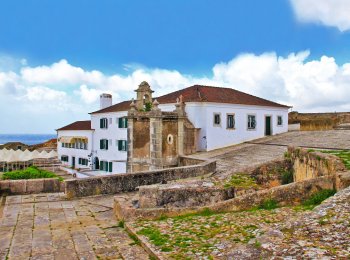
Igreja de São Julião / Igreja Matriz de Setúbal
- heritage
Praça do Bocage, 135
2900-349, Setúbal
From the church main and lateral façade it stands out the Manueline doorways resultant from the 1513 reform. Inside the monument, the three naves decorated with glazed tiles panels from the 18th century, stand out.
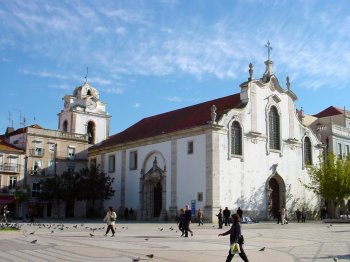
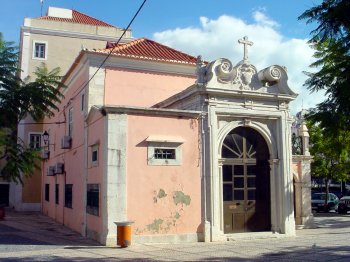
Palacete da Avenida dos Combatentes da Grande Guerra
- heritage
Avenida dos Combatentes da Grande Guerra
1900, Setúbal

